
Lainston Mistletoe
.
.
.
.
- Unusual Crops
- Mistletoe
 PAGE Q.R. CODE PAGE Q.R. CODE |
||||
 |
||||
| |
||||
|
CONTACT DETAILS Telephone 01962 776088 Email Mistletoe lhhenquiries@lainstonhouse.co.uk Email Lainston House Lainston House
|
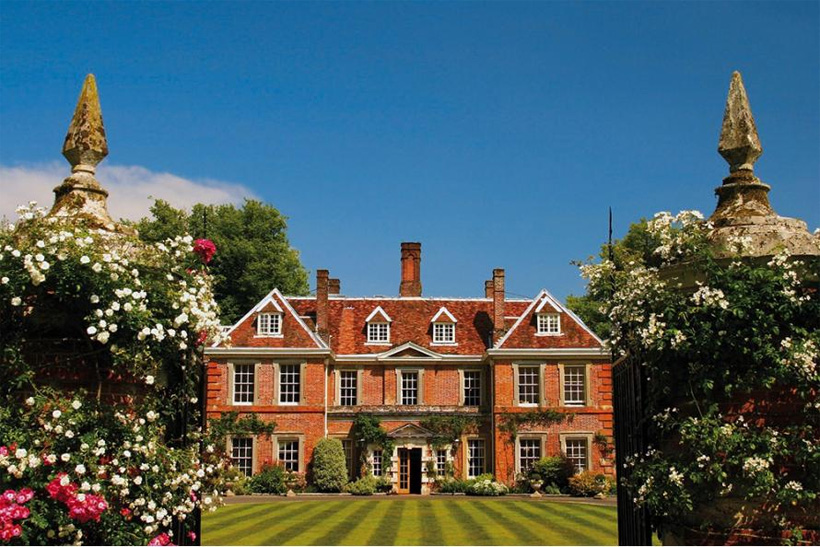 |
||
|
English Mistletoe grown on a 5 Star Hotel estate near Winchester, on the cusp of the Hampshire Downs. Our Mistletoe can be seen before purchase and cut for you on the day you chose to arrive. We are able to wholesale supply, or for the individual looking to steal that one Christmas kiss.
|
||
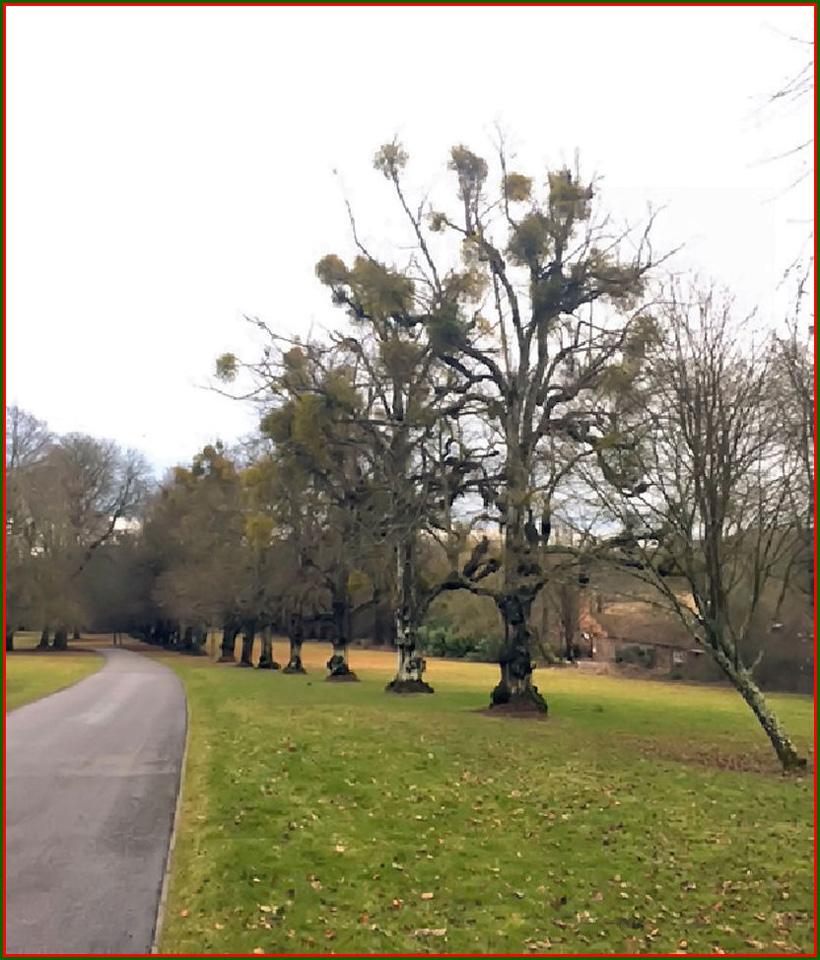 |
||
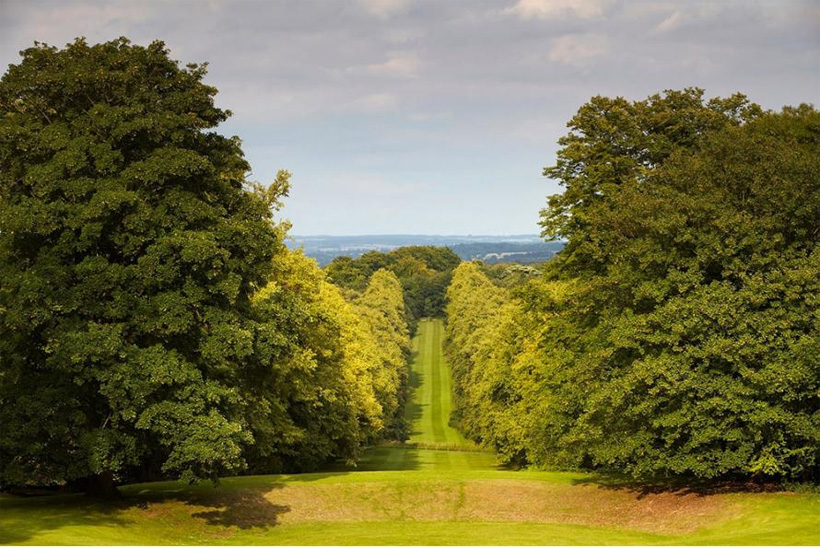 |
||
|
We can also pre-cut and package for you, as we realise that time can be precious. For the person looking to impress, why not take a stroll around the estate, select you’re Mistletoe, then enjoy a tea, coffee, or something a little bit extra whilst our grounds experts collect your Mistletoe.
We look forward to welcoming you soon.
|
||
 |
||
|
KITCHEN GARDEN
Discreetly sheltered in the grounds of the elegant 17th Century mansion of Lainston House, lies a secret, walled Kitchen Garden which has recently been restored beyond its former glory. Not only does it supply the hotel’s award winning restaurant kitchen with fresh herbs and vegetables, but the Kitchen Garden is now a charming location for guests to enjoy contemplative, sweet smelling walks and has now become the perfect location for evening drinks or afternoon tea.
Head Chef Olly Rouse, together with the grounds team, has built the 4 acre kitchen garden, which now provides 90% of kitchen herbs. Crops of tomatoes, salad, cucumber and courgette, carrots, onions, runner beans, lavender, apples, pears, figs, quince, rhubarb and kiwi fruit plus strawberries and raspberries together with a number of heritage vegetables are on offer.
And right in the centre of the garden, we’ve constructed a large wood burning stone oven and barbecue for pizzas, whole joints and traditional barbecue cooking. Together with a fabulously large oak table, the setting is perfect for getting together with friends to enjoy a glass of bubbly or an informal party!
|
||
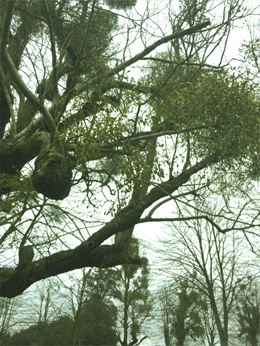 |
 |
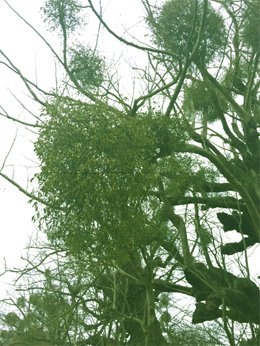 |
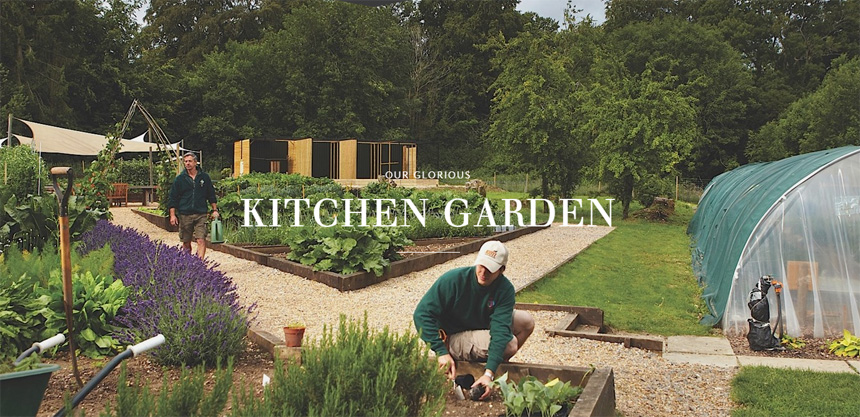 |
||
|
Mistletoe (an interesting article) Baldur, grandson of the Norse god Thor, woke up one morning certain that each and every plant and animal on earth wanted to kill him. His mother consoled him. His wife consoled him, but all to no avail. As Baldur cowered in his room, half-wild with fear, his mother and wife decided to ask every living thing to leave their poor Baldur in peace. They begged the kindness of the oak tree, the pig, the cow, the crow, the ant and even the worm. Each agreed. Then, as Baldur paused to celebrate his release from torment, he felt a pain in his chest. He had been stabbed and killed by an arrow made from the wood of a mistletoe plant. Mistletoe was the one species on earth his wife and mother had failed to notice. Baldur died, but a lesson was learned: Never forget about the mistletoe. Mistletoe would come to hang over our doors as a reminder to never forget. We kiss beneath it to remember what Baldur’s wife and mother forgot. At least that is one version of the origin of our relationship with mistletoe.
Another story begins with druids who viewed the mistletoe as magical and hung it above their doors for luck. Others say it is hung for fertility; the seeds of mistletoe are sticky like semen. The modern story of mistletoe is one of kisses. As Washington Irving wrote in the 1800s, “young men have the privilege of kissing the girls under [mistletoe], plucking each time a berry from the bush. When the berries are all plucked the privilege ceases.” The true story of mistletoe is the one I am going to tell here, the one of how it evolved in the first place, to hang on trees (and eventually above our doors). The ancestor of all mistletoes is the most ancient sandalwood. Modern sandalwoods include the species burned as incense on college campuses and in religious ceremonies the world over. Sandalwood trees are parasites; they grow on and steal from other trees. Their specialized roots (haustoria) sink like small arrows or spears into the roots of larger trees and suck water, sugar and nutrients from them. Before there were forests, wispy plants fell on each other in their struggle to reach the sun, like clumsy teenagers unsure of their growing bodies. Then one plant evolved a simple woody stem. It could grow taller than the other plants, and it stole light from them. It poisoned them with shade. Wars ensued that have lasted hundreds of millions of years. Trees of many kinds arose and struggled with each other to be taller. Any species that does not participate in battle loses out in the darkness of the understory—any species except a few. Those in the clan of the sandalwood evolved a way out of the darkness. They survived by stealing from the trees what they had spent their tall stems fighting for.
Sandalwood discovered deceit. Its roots kissed the roots of trees and slipped inside them to steal. But sandalwood still needed to grow up a little and put out a few green leaves to have enough sugar to thrive. And then came mistletoes. Mistletoe is a common name for several independent lineages descended from sandalwood. Like their ancestors, mistletoe species sink their roots into trees. Unlike those ancestors, they do so in the sky. Mistletoes evolved the ability to grow not on the roots of trees, but instead on their branches. In doing so, they gained the same nutrients, water and sugars stolen by their ancestors, but they also gained a foothold up into the sky. As trees clambered for the sun, the mistletoe simply rode up on their branches, living off both the trees’ nutrients and the energy mistletoe could gather itself from the sun. The transition from root parasite to parasite of shoots was so successful that the ability evolved five times from the ancestral stock of the sandalwoods. Mistletoe diversified and spread around the world. Species of the genus Vismus are common in Europe. Phoradendron flavescens is common in North America. Hundreds of other species are found elsewhere around the world. But while theirs was a life with advantages, it also offered new challenges. Among the challenges was how to colonize trees in the first place. Unaided, the seeds of mistletoe would fall to the ground, unable to get to branches. Chance and wind were not enough for the offspring of mistletoe to find new trees, but the mistletoe had more than chance, it had natural selection. The mistletoe evolved seeds surrounded by berries. The berries attracted birds. The birds ate the berries and then flew to find more food. As they flew, or better yet, when they landed, they pooped. If everything went perfectly for the mistletoe, the poop landed on a branch where the seed might germinate. Many more seeds were excreted midair and landed on the ground rather than onto branches, and so any seeds with additional advantages would have been more successful. So it was that another adaptation of the mistletoe evolved, its real kiss: seeds so sticky that even after passing through a bird they would stick to its bottom and then to its feet and then to anything else. When a bird pooped these seeds over a field, they did not fall. They clung. Birds who ate mistletoe seeds had to find a place to sit. They had to use their feet to get the seeds off of their feathers and scrape them onto other surfaces—like branches. So it is that mistletoe seeds today are passed with relatively high frequency to new trees. The kiss of the mistletoe is the kiss of seeds through a bird, of those same seeds onto bare branches, and of roots slipping into tree branches and shoots. It is also the kiss of the leaves of the mistletoe, leaves that rise above all others through subterfuge. In a way, the mistletoe reminds us of days gone by, when there were no trees, and plants could simply grow short and stout and still find enough sun. Mistletoe still does so, just on its own elevated plane. And so while there are historical explanations for why humans tend to kiss under mistletoe—a history of gods, demons, luck and a little lust—the evolutionary story of these plants with their sticky fruits and parasitic ways is more interesting. If this evolutionary story has a moral, it is complicated. On the one hand, mistletoe is a fruit of war, albeit one among trees. Let’s ignore that symbolism though, whatever it might mean for the holiday season. On the other hand, mistletoe is a measure of how many of the fruits in our daily lives, be they literal or figurative, depend on other species. We depend on the mistletoe for tradition. And it depends on its tree and its bird, just as we depend on thousands of species ourselves, species like the warring trees and the pooping birds, but also our crops, our Christmas trees and so many more, each of which evolved among evolution’s wild attempts to turn nonlife—sun, soil, water and air—into life. I will pucker my lips to that, to the way evolution clings to us as beautifully as the kiss of a sticky seed. Rob Dunn is a biologist at North Carolina State University |
||
